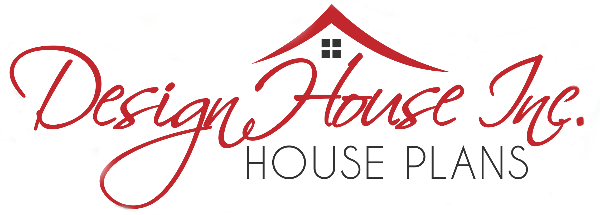Copyright Information
The following statement is provided by DesignHouse and the Council of Publishing Home Designers, an affiliation of the American Institute of Building Design.
HOME PLANS ARE COPYRIGHTED – in other words “Thou Shalt not steal”
Just like books, movies and songs, federal copyright laws protect the intellectual property of architects and home designers.
These legal protections exist to protect all parties. Copyright laws respect and support the intellectual property of the original architect or designer, and prevent anyone from using the design without written permission.
DON’T USE PLANS TO BUILD MORE THAN ONE HOUSE -All home plans include a copyright release and a license to use the documents to construct a single home. When you purchase construction documents, we, as licensor, are granting to you, as licensee, the right to use the documents to construct a single unit. This is an exclusive license, which may not be resold, duplicated, published or distributed without written permission of the designer, architect or publisher.
REPRODUCING BLUEPRINTS Construction blueprints may not be reproduced without prior written consent ofthe designer or publisher. If additional sets are required for estimating or construction, please contact us for additional sets at a nominal cost. Copy shops and blueprinters are prohibited from making copies of these copyrighted documents.
MAKING DESIGN MODIFICATIONS As a plan licensee, you may customize the design to fit your personal preferences, but you must understand that the modification of the plan is performed at your own risk and should be reviewed by a professional architect, home designer or engineer prior to the start of construction. Modified plans are considered “derivative works” of the original, and it is critical that you understand that these “derivative works,” as well as the original work, still retain copyright protection. Any “derivative work” or revised design, even if completely redrawn, may not be sold, duplicated, distributed or used to construct any units without the purchase of a license from the publisher, architect or designer.
DON’T COPY DESIGNS/FLOOR PLANS FROM THIS WEB SITE OR ANY OTHER PUBLICATION, ELECTRONIC MEDIUM OR EXISTING HOME- It is illegal to copy home designs found in any plan book, on a CD-ROM or on the Internet. It is a common misunderstanding that it is permissible to copy, adapt or change a floor plan or a design found in a book or on the internet. It is not! It is also illegal to copy any existing home that may have been built, that is protected by copyright, even if you have never seen the plans for the home. If a particular home plan or existing home is desired, a set of plans must be purchased from an authorized source. USING THE HOME PLANS As a plan licensee, you may lend the home plans to third parties (builders,contractors, sub-contractors, inspectors, governmental agencies, etc.) as necessary to assist in the construction of the dwelling involved. All such lent plans must be retrieved and destroyed, except for the owner’s reference sets, and those sets required by governmental agencies, after such assistance has been completed.
WHO IS RESPONSIBLE FOR COPYRIGHT INFRINGEMENT? All parties, including the purchasers, designers, drafters, home owners, builders, contractors, sub-contractors, copy shops and blueprinters may be responsible if a copyright is violated. It does not matter whether an individual knows that a violation is being committed. You’ve heard it before: ignorance of the law is not a valid defense! To avoid legal complications and damages, it is critical that you be certain of the original plan source, and refuse to be a party to any illicit copying or borrowing of designs, derivative works, prints and design features.
PLEASE RESPECT HOME DESIGN COPYRIGHTS In the event of any suspected violation of a copyright, or if there is any uncertainty about the plans purchased, the publisher, architect or designer should be contacted before proceeding. If a violation of a home designer’s copyright is suspected, DesignHouse, the designer or architect, and the Council of Publishing Home Designers should be contacted. Awards are sometimes offered for information about home design copyright infringement.
PENALTIES FOR INFRINGEMENT Penalties for violating a copyright may be very severe. The responsible parties are required to pay the designer or architect’s actual damages (which may be substantial), plus any profits made. The copyright law also allows the designer or architect to recover statutory damages, which may be as high as $150,000. Finally, the infringer may be required to pay the architect or designer’s reasonable legal fees, which often exceed the damages.

